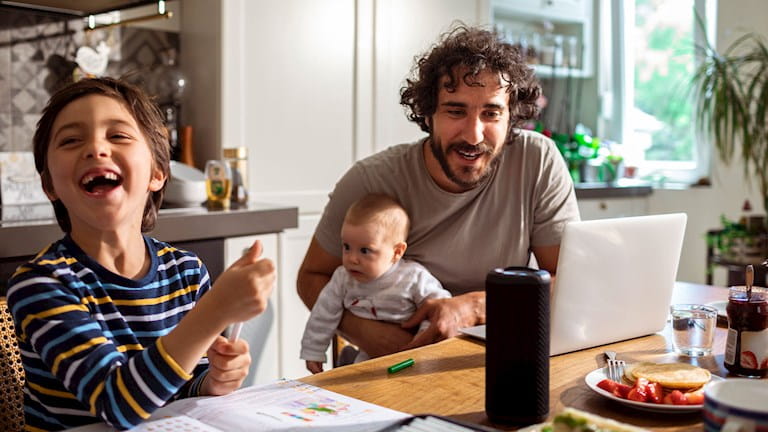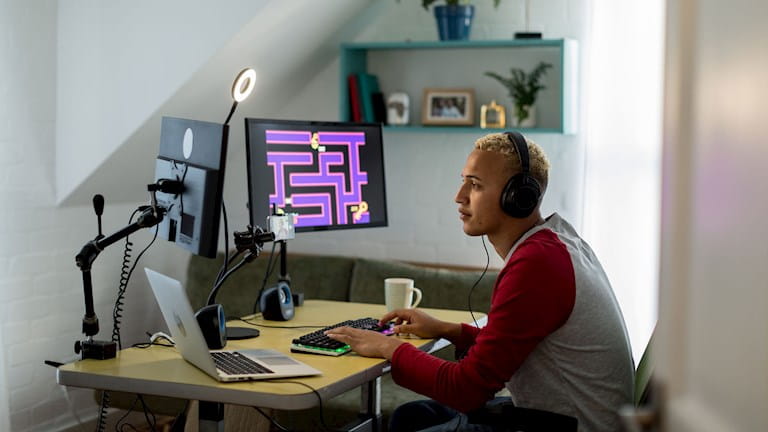From persona to product: The human-centered design process
The other day I was helping a colleague get rolling on a new engagement, and in doing that I pulled up some old personas I had developed for a previous project. You know what personas are, right? They are the foundation to user centered design, and we spend hours, sometimes even days, creating these super detailed personas. But then something happens along the way and we completely forget about them. It's like we're all obsessed with the idea of human-centered design, but then we get bogged down in cost, deadlines, and other limitations that make us lose sight of the very humans we're designing for!
The "Persona" paradox: from obsession to amnesia
Let's face it, we've all been there. We kick off a new project, eager to create something amazing and transformative, and we start by developing a set of personas that represent the lovely humans who'll be using our oh-so-brilliant creation. We dive deep into their motivations, pain points, and desires, only to set aside those personas the moment we start debating about which features to include or cut. Sure, we might throw around phrases like "user-centric" and "empathy-driven" like confetti at a surprise party, but do we actually remember to circle back to those personas we spent so much time crafting?
The sad reality of cost and effort
It's not like we don't care about our users, but let's be real – those pesky limitations like cost and effort often get in the way. There are launch deadlines, things promised by sales, and unforeseen scope that often creep in. And what's the first thing to go when budgets get tight? You guessed it – the features and polish that make our products the most human and delightful.
Sometimes it feels like we're trapped in a never-ending cycle: we start off with big dreams, only to see them whittled down by the harsh realities of budgets and timelines. We end up building something that may be functional, but lacks the warmth and personality that could've made it truly special. The things that could make it truly lovable.
But fear not, my friends! There is hope!
Always come back to the human (and test, test, test!)
The key to breaking this cycle is simple: always come back to the human. No matter what stage of development you're in, take a moment to pause, reflect, and ask yourself, "Would the real person I'm building this for actually love this experience?" It will be uncomfortable from time to time, because there will be pressure to just “move forward.” That just makes it all the more important to stop and reflect on the human. Don't just assume that because the business thinks it's a cool idea, the user will love it too. That's a recipe for disaster that I’ve tasted a few too many times.
And what's the best way to make sure you're truly building something your users will love? Test, test, and test some more! Remember those personas that we developed? Finding humans that are good examples of our proxy users allows us to have even more evidence of why (or why not) our hypothesis were valid. This is why keeping the persona alive through the process is critical – it provides the backbone for the testing we do with actual users.
After you gather the feedback from real users, iterate on your design, and be willing to challenge your own assumptions. It may be hard to swallow at times, but trust me – it's the only way to create a product that truly resonates with the people you're designing for, the people we developed personas on during the very first phases of work.
So, yes, it's easy to get lost in the hustle and bustle of the digital product world. But by making a conscious effort to return to our user personas, test our hypotheses, and focus on the humans we're designing for, we can create experiences that are both delightful and effective. After all, what's the point of building something if the people we're building it for don't actually want it?



